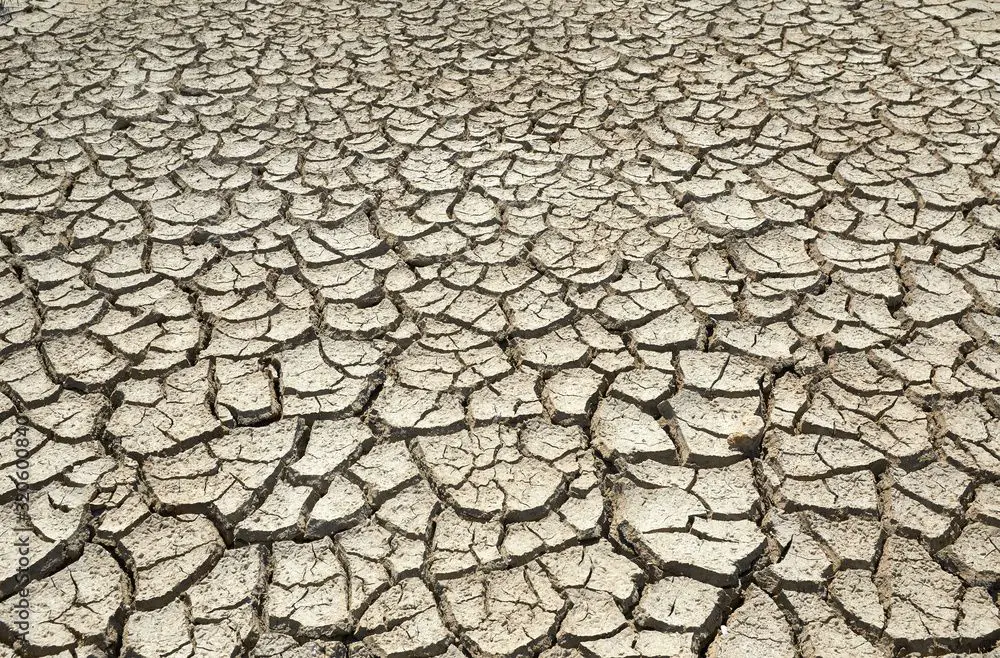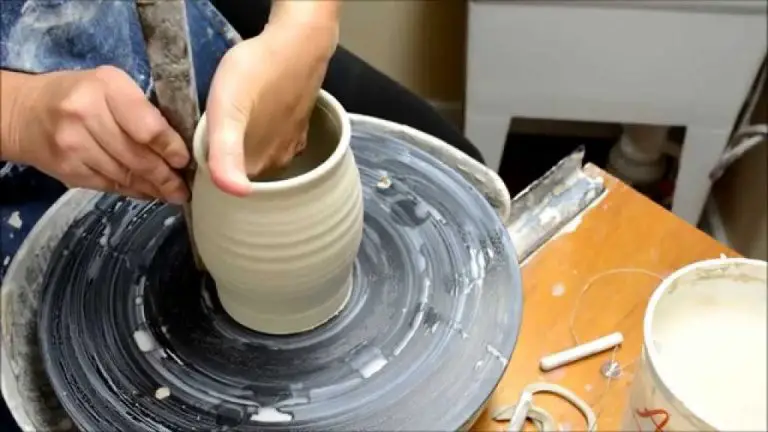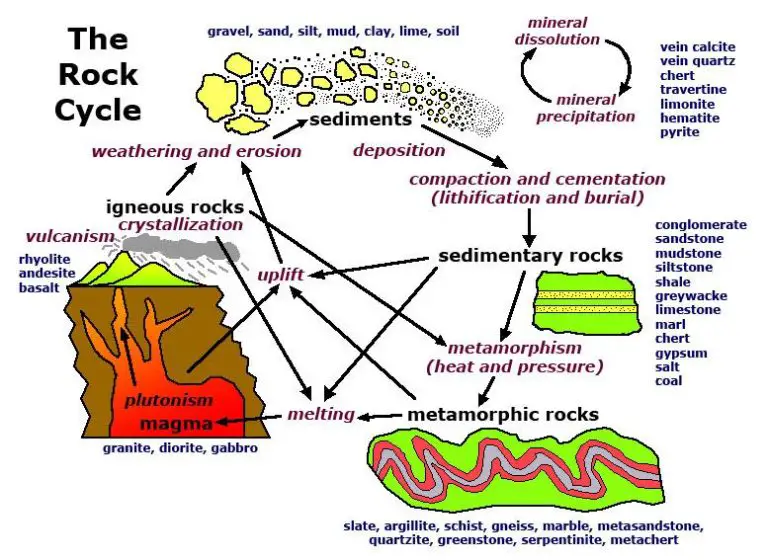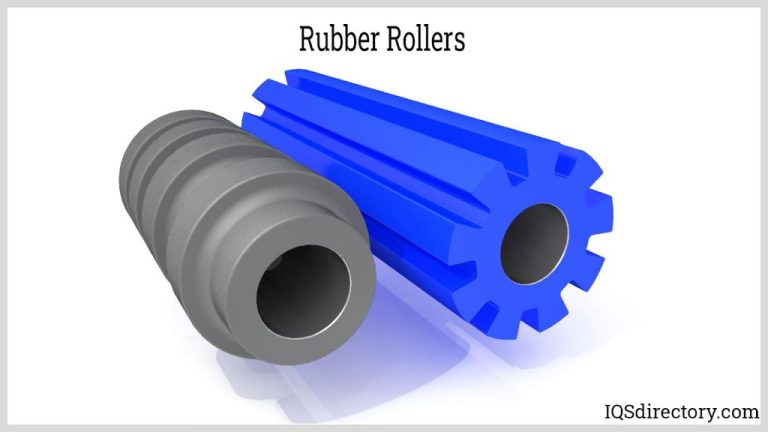What Clay Doesn’T Crack When Dry?
Introducing Non-Cracking Clay
Non-cracking clay refers to types of clay that do not easily develop cracks as they dry and cure. Unlike traditional clays that harden and can become brittle over time, non-cracking clays retain flexibility and strength even when completely dry.
There are a few types of clays that are known for their non-cracking abilities. Polymer clay and air-dry clay are two common examples. These clays stay flexible and elastic when dry due to their chemical compositions. Polymer clays use PVC mixed with plasticizers, while air-dry clays use cellulose-based binders.
The non-cracking properties make these clays excellent choices for detailed sculpture, jewelry, decorative items, and craft projects. The finished pieces do not have to be fired in a kiln. They air-dry to a hard finish and retain their shape without cracking or becoming fragile. This provides advantages for artists and crafters.
Clay Composition
Clay is composed of fine-grained minerals such as kaolinite, montmorillonite, illite, and chlorite. The chemical structure of these clay minerals involves stacked sheets of silica tetrahedra and alumina octahedra (Trageser et al., 2022). The type of clay mineral present affects the shrinkage, plasticity, and cracking behavior when clay is dried or fired.
Kaolinite has a 1:1 sheet structure consisting of alternating silica and alumina sheets. It has low shrinkage and is resistant to cracking during drying. Illite has a 2:1 sheet structure with two silica tetrahedra sheets surrounding an alumina octahedral sheet. The presence of potassium ions between the sheets makes illite prone to cracking. Montmorillonite has a similar 2:1 sheet structure but with more swelling properties and cracking tendency (Trageser et al., 2022).
The mineralogy and chemical composition of clay determine its structural stability during drying. Clays high in kaolinite exhibit less shrinkage and are more crack-resistant compared to swelling clays like montmorillonite. Careful selection of clay bodies and firing temperatures based on composition is key to avoid excessive cracking.
Firing Process
Non-cracking clays are typically fired at lower temperatures compared to standard clay bodies. This is because non-cracking clays contain materials like talc, grog, and/or vermiculite that help minimize shrinkage during drying and firing (https://digitalfire.com/article/drying+ceramics+without+cracks).
Firing at lower temperatures between Cone 08 and Cone 04 (1682°F – 1945°F) allows the clay to vitrify without excessive shrinkage that can lead to cracking and warping. The key is to fire slowly and evenly, holding at peak temperature long enough for the materials to sinter together while still retaining some porosity. This prevents internal stresses from building up as the clay body densifies and contracts (http://www.clt.astate.edu/wrowe/ceramics/clay/process.html).
Proper firing results in non-cracking clay pieces that are less prone to thermal shock. The lower firing temperature also conserves energy and allows for a wider range of color options since there is less burn out.
Common Non-Cracking Clays
There are certain types of clay that are less prone to cracking when dried. Some common non-cracking clays include:

Stoneware: A dense clay that can be fired at high temperatures up to 2,300°F. Stoneware contains minerals that help prevent cracking and crazing. Its low absorption makes it an incredibly durable material once fired, resistant to chipping and wear. Popular for pottery and ceramic sculptures. “[1]”
Porcelain: A very refined, white burning clay made from kaolin. Porcelain is highly vitrified, non-porous, and resistant to chipping and wear. It has excellent plasticity and stability during drying and firing, resulting in low warping and cracking. Ideal for sculpting delicate pieces. “[2]”
Terracotta: An earthenware clay containing iron oxides that fire to a distinctive red-orange color. Terracotta has moderate absorption but shows minimal cracking or crazing when properly dried and fired. Simple designs allow the natural color and texture to show. Used for pottery, tiles, and garden sculptures. “[3]”
Preventing Cracks
There are several tips potters can follow during the clay preparation, drying, and firing stages to help prevent cracks in finished pieces.
During clay preparation, it’s important to knead the clay thoroughly and wedge it to remove air bubbles. Clays should be mixed uniformly and formed to even thicknesses where possible. Avoiding thick and thin areas which dry at different rates reduces stress and cracking (source).
For drying, rotate pieces frequently so no one section dries too quickly. Cover works in progress with plastic sheeting or use a damp box. Control humidity and drying speed. An even, gradual drying process lessens cracking dramatically (source).
During firing, closely follow the manufacturer’s recommended ramps and hold times. Fast temperature changes create thermal shock. Low fire clays should not be fired at high fire temperatures. Pieces should be fully dry before firing to avoid steam explosions.
Proper clay preparation, controlled drying, and gradual firing are key to preventing those frustrating cracks in clay work.
Reinforced Clay
One way to prevent cracking in clay is by reinforcing it with other materials like fiber or grog. Adding these reinforcing agents can strengthen the clay and make it more resistant to cracks during drying and firing. According to research by Zaryoun (2019) from Lightweight fiber-reinforced clay as a sustainable material, adding natural fibers like hemp, flax, and jute to clay creates a lightweight fiber-reinforced clay material that has improved strength and fracture toughness. The fibers bridge across any cracks that try to form, redistributing stresses and preventing the cracks from propagating through the clay. Using coarse grog made from crushed fired clay can also reinforce unfired clay in a similar way.
The key is to add enough fiber or grog to the clay body to provide ample reinforcement, but not so much that the clay becomes too heavy or loses its workability. With the right balance of reinforcement, the clay can be strong enough to resist cracking during the drying and firing process. Proper clay preparation, forming, and drying techniques should still be used, but adding reinforcements provides an extra line of defense against cracks.
Crack Repair
Clay is prone to cracking due to shrinkage and stresses during drying and firing. There are several methods to repair cracks that form in clay pieces:
Slip – Applying a thick clay slurry (slip) over cracks and smoothing it into the piece is an easy and natural way to repair cracks (1). The slip fills in the crack and blends with the surrounding clay. For smaller cracks, simply filling with slip is sufficient.
Epoxy – For larger cracks and breaks, epoxy adhesives specially formulated for ceramics can be used. Epoxies provide very strong repairs and are food-safe once fully cured (2). Mix the epoxy and apply over the crack, clamping the pieces together until the epoxy cures.
Kintsugi – The Japanese art of kintsugi repairs cracks and breaks with lacquer dusted or mixed with powdered gold, silver, or platinum. This preserves breaks as part of the history of the piece. Epoxy mixed with metal powder can achieve a similar effect.
Acceptance – For some pieces, allowing cracks to remain may be an artistic choice. Cracks can add an element of wabi-sabi, the Japanese concept of impermanence and imperfection.
Proper drying, firing, clay selection, and handling techniques can help minimize cracking. But repairing cracks that do form creatively preserves clay art.
Curing & Sealing
Proper curing and sealing is crucial for minimizing cracks in clay pieces. When clay is left to air dry, it loses moisture rapidly which can lead to cracks as it shrinks and contracts. Using a clay curing product helps slow down this drying process so the moisture evaporates gradually. According to PotteryCrafters.com, curing products work by sealing the outer layer of the clay while allowing the interior to dry slowly, preventing cracks.
There are a few options for clay curing and sealing products. Acrylic polymer sprays create a flexible film while allowing slow moisture release. Wax-based sealers also prevent rapid drying. Oils like mineral oil or vegetable oil can be brushed on to slow water evaporation as well. Applying two coats of a curing product ensures thorough, even coverage according to DelineateYourDwelling. Proper curing and sealing allows clay pieces to dry uniformly, greatly reducing the chances of cracks forming.
Common Causes of Cracks
Some of the most common causes of cracking in clay pottery are:
Over-Drying
One of the main causes of cracking is when clay is allowed to dry too quickly or unevenly. If some areas of the clay dry faster than others, it can cause stresses that lead to cracks (https://wheelandclay.com/blog/cracked-clay/). To prevent this, clay should be dried slowly and evenly. Wrapping projects in plastic or using a damp box during the drying process can help reduce cracking from uneven drying.
Firing Issues
Problems during the firing process is another common culprit behind cracked pottery. Firing the clay too quickly can cause cracking and breakage. Pieces may also crack if there are large temperature variations within the kiln. Using proper kiln furniture, loading the kiln loosely, and maintaining even heating and cooling rates can help prevent firing issues (https://www.soulceramics.com/pages/pottery-cracks).
Improper Glazing
Applying glazes poorly can lead to cracks. If the glaze is applied unevenly or is too thick in certain areas, it can cause stresses as it contracts during drying and firing. Cracks can also occur if the clay and glaze have mismatched thermal expansion rates. Testing glaze and clay compatibility and applying glazes thinly and evenly helps avoid cracking problems.
When to Accept Cracks
While cracking is often seen as a flaw in pottery, some types of cracks can add aesthetic interest and character to a piece. Small hairline cracks or “crazing” that develops during the glazing and firing process can give an aged, weathered appearance. This subtle cracking is considered part of the natural beauty of some ceramic styles like Raku pottery. More pronounced cracks can also be left as-is if they follow the form in an organic way that enhances the feel and flow of the piece. Some potters intentionally distress or crackle their works for artistic effect.
While structurally unsound cracking should still be repaired when possible, potters need not automatically assume that every crack mars a work. Gentle cracking can contribute charming imperfections that bring life and uniqueness to pottery. As long as the cracks do not compromise stability or function, they may be left to exhibit their artistry. The potter must decide when cracks add “distressed” beauty vs. when repair is required. With mindful evaluation, certain cracks can be accepted as delightful ceramic qualities rather than damages.
Sources:
http://briglin.com/resource/damage/
https://wheelandclay.com/blog/cracked-clay/




